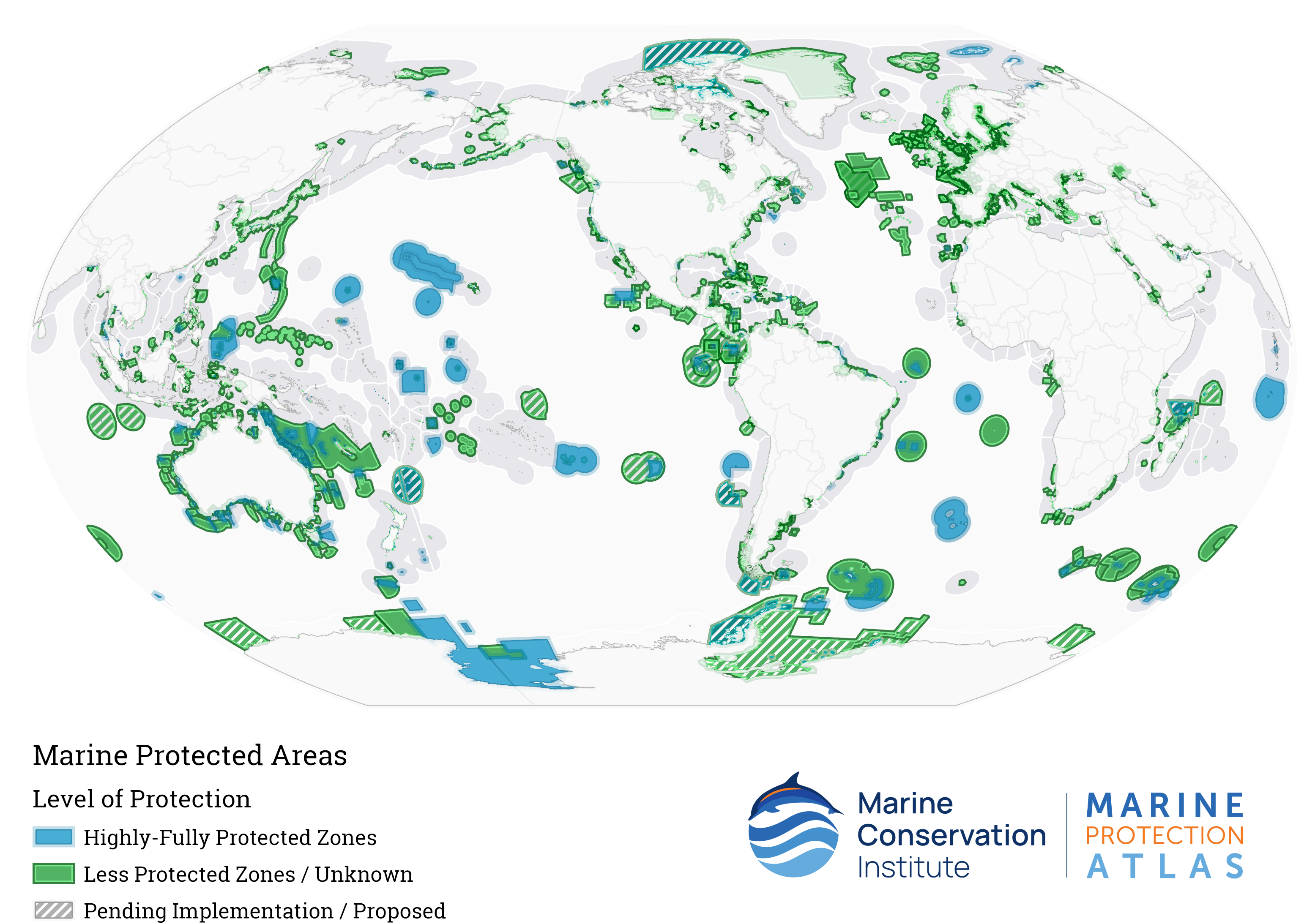The Background of Panama’s Pacific Protected Areas
When exploring the rich biodiversity and natural beauty of Panama, the Pacific Protected Areas stand out as vital ecosystems safeguarding unique species and habitats. These areas, including Coiba National Park and the Gulf of Chiriquí, play a crucial role in conservation efforts and promoting sustainable tourism.
Preservation Efforts and Ecological Significance
The creation of these protected areas stems from a deep commitment to preserving the country’s natural heritage. With diverse marine life, mangrove forests, and pristine beaches, these areas are not only a refuge for endangered species but also contribute to the overall health of the planet’s ecosystems.
Balancing Conservation and Development
Challenges arise in maintaining a delicate balance between conserving the biodiversity of these areas and allowing responsible tourism and development. Sustainable practices, community involvement, and effective management strategies are crucial in ensuring the long-term protection of these precious natural resources.
Looking Ahead: Sustainable Models for Conservation
As global awareness of environmental issues grows, the future of Panama’s Pacific Protected Areas lies in embracing sustainable models for conservation. By integrating innovative technologies, fostering collaboration with local communities, and implementing eco-friendly practices, these areas can thrive while safeguarding their ecological richness for generations to come.
How Authorities Discovered the Illegal Fishing Operation
Illegal fishing is a serious threat to marine ecosystems worldwide, depleting fish populations and disrupting the delicate balance of aquatic environments. When authorities uncover illicit fishing operations, it represents a crucial win in the ongoing battle to protect marine resources.
The discovery of an illegal fishing operation typically involves a combination of advanced monitoring technologies, on-the-ground surveillance, and intelligence gathering. Satellite imagery, drones, and data analytics play pivotal roles, allowing authorities to detect suspicious activities in vast oceanic areas that would otherwise go unnoticed.
Furthermore, collaboration between law enforcement agencies, coast guards, and environmental organizations is often instrumental in uncovering these operations. Information sharing and joint patrols enhance detection capabilities and provide a united front against illegal fishing practices.
Once authorities obtain actionable intelligence, they swiftly move in to intercept the rogue vessels. This may involve coordinated raids or intercepting ships at sea to halt their unlawful activities and enforce maritime regulations.
The significance of discovering illegal fishing operations cannot be overstated. Beyond safeguarding marine biodiversity, it sends a clear message that such activities will not be tolerated. By holding perpetrators accountable and imposing penalties, authorities deter future infractions and uphold the sustainability of our oceans for generations to come.
Exploring the Environmental Impacts of Poaching in Marine Sanctuaries
Marine sanctuaries are vital ecosystems that support a diverse range of marine life. However, the illegal act of poaching within these protected areas poses severe environmental threats. Poaching disrupts the delicate balance of marine ecosystems, leading to detrimental effects on biodiversity and ecosystem health.
Depletion of Marine Species
Poaching in marine sanctuaries can result in the rapid decline of vulnerable species such as sea turtles, sharks, and many other marine animals. The overexploitation of these species disrupts the food chain, impacting the entire ecosystem.
Destruction of Habitats
Poachers often use destructive methods such as dynamite fishing or cyanide poisoning to capture marine life. These harmful practices not only kill targeted species but also damage coral reefs and other essential habitats, causing long-term harm to the marine environment.
Water Pollution
Illegal poaching activities contribute to water pollution through the use of toxic substances and unsustainable fishing practices. Contaminants released into the marine environment can have detrimental effects on water quality, jeopardizing the health of marine organisms and ultimately impacting human health.
Disruption of Ecosystem Dynamics
The illegal removal of key species through poaching can disrupt the intricate balance of marine ecosystems. This disruption can lead to cascading effects throughout the food web, ultimately affecting the overall health and resilience of the marine environment.
Preventing Environmental Damage
Protecting marine sanctuaries from poaching is crucial for preserving marine biodiversity and ecosystem integrity. Implementing strict enforcement measures, increasing public awareness, and promoting sustainable fishing practices are essential steps towards safeguarding these critical habitats for future generations.
Efforts to Prevent Future Illegal Fishing in Panamanian Waters
Breaking Down the Headlines
Recent initiatives aimed at curbing illegal fishing activities in Panamanian waters have gained momentum. Authorities are implementing stricter monitoring measures to tackle this issue effectively.
The Bigger Picture
Illegal fishing not only depletes vital marine resources but also undermines the livelihoods of local fishermen and threatens marine ecosystems. It is a persistent global challenge with far-reaching environmental and economic consequences.
What This Means Going Forward
Enhanced enforcement efforts coupled with international cooperation will be crucial in combating illegal fishing in Panamanian waters. Sustainable management practices, technological innovations, and community engagement are vital components for long-term success in protecting marine biodiversity and promoting responsible fishing practices in the region.
